19 Most Famous Mythological and Legendary Swords
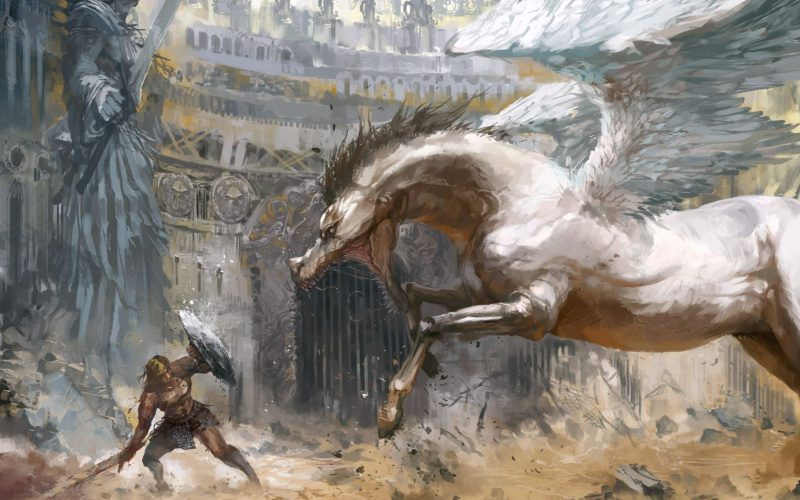
What’s in this article?
Myths and legends reflect the tales from people of the past. They are often about gods and heroes who have performed extraordinary acts throughout time and space. In these tales of wonder, many of these characters wouldn’t have been able to complete their quest without the help of their famous swords.
With all the different cultures around the world, it is no surprise that there are many legendary swords. Some of these swords played a role in the world’s creation while others accompanied heroes on their mission of slaying terrifying villains, enabling these heroes to become saviors who triumph over evil.
In this article, we will be looking at some of the most popular legendary swords with stories that have withstood the test of time including some of the most popular sword names.
1. Excalibur: King Arthur’s Sword – British Isles
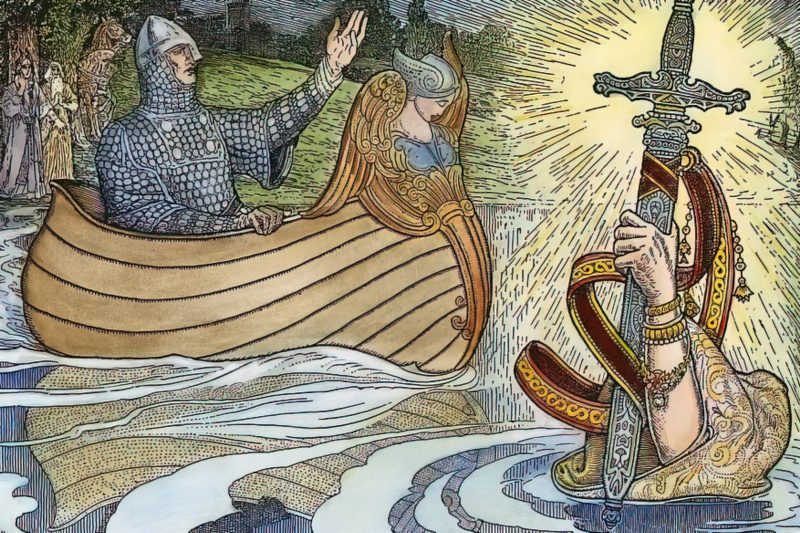
Owned by the renowned King Arthur of Camelot, the legendary sword Excalibur is considered to be one of the most popular swords in European folklore. Based on Arthurian legends, Excalibur is a sword with mystical powers that serves to defend the ruler, his people, and his loyal knights.
Depending on who you ask, Excalibur was either the sword in the stone or given to Arthur by the Lady of the Lake. Eventually, King Arthur then used this sword to unite Britain in the fight against the invading Anglo-Saxons. The story of the sword also goes that Arthur is bound to the island of Avalon only to return when Britain needs him the most.
2. Zulfiqar: The Islamic Spine Splitter – Arabia

This Islamic sword with Arabic origins is known as the Zulfiqar, a one of a kind sword that cannot be compared to any other, thanks to its unique design featuring a scissor-like blade tip. It was held by both Mohammad, founder of Islam, and Imam Ali, who is both his cousin and the bravest warrior who played a crucial role in the spread of this religion.
Imam Ali was said to be incredibly strong as he was the wielder of the Zulfiqar sword which weighed 231 pounds (105 kilograms) and measured 9.8 feet (three meters) in length. This scimitar has a rich symbolic meaning for Muslims because lore has it that this gift from god has been used to sculpt mountains and blind unbelievers with light.
3. Muramasa: The Cursed and Demonic Katana – Japan

The Muramasa Katana is a Japanese sword with a single cutting edge. It was crafted by a swordsmith named Muramasa, whose identity is obscured by a number of myths, legends, and folktales. It caused a tremendous deal of pain and suffering to the reigning Tokugawa clan of Japan, which fed the myths and legends of the sword.
It is said that once unsheathed, this katana had a desire for blood that had to be satiated, be it by an innocent person or its wielder. Samurais who used it ran the risk of losing their minds and possibly murdering members of their own families without even realizing or having any memory of it.
4. Harpe: The Killer of Medusa – Greece
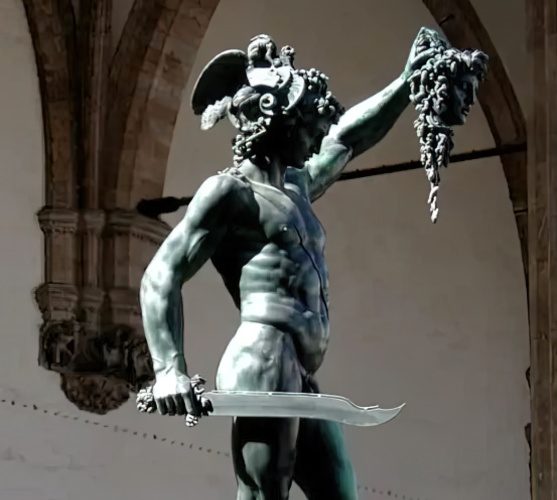
Chronos, Zeus, and Perseus all made use of this legendary ancient Greek weapon. Chronos first used it to kill the cruel Ouranos, and later, after Chronos consumed Zeus’s siblings, Zeus himself used the Harpe sword to cut open Chronos’ stomach to release them.
However, the legend of Perseus using the Harpe is one of the legends that has endured the test of time. Legend has it that Perseus took the Harpe and spent a great deal of time pursuing Medusa before finally slaying and decapitating the gruesome creature.
5. Joyeuse: Charlemagne’s Legendary Sword – France

Because of Charlemagne’s brilliance, the Joyeuse sword was steeped in history. Kept in the Louvre museum, it was the subject of several legends. His conquests of new territory and fights against non-Christian enemies at the time propelled it to near-legendary status, on par with even Excalibur.
Legend has it that the renowned blacksmith Gallas forged it with the Lance of Longinus placed in the pommel on the way back from the Spanish conquest. The sword’s owner became stronger, braver, and immune to any poison, while also making it shine brighter than the sun with its colors changing daily. With the power of this sword, Charlemagne became the Holy Roman Emperor.
6. Thuan Thien: The Vietnamese sword of the Turtle – Vietnam
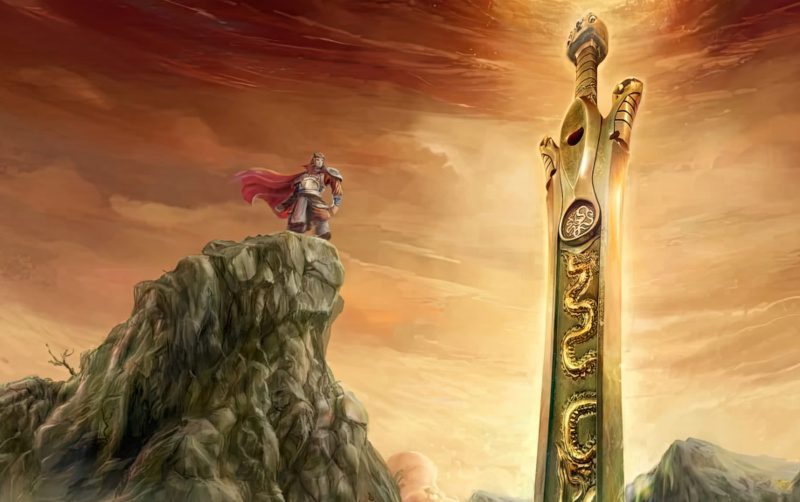
The legendary Vietnamese sword Thuan Thiên has a name that means “to obey with Heaven”. It was used by King Lê Lêi to end the 10-year Ming Dynasty occupation of Vietnam. Legends of the sword arose as a result of Lê Lei’s many desperate but successful battles, and he eventually was able to proclaim himself the first king of the Lê Dynasty.
Kim Qui, a powerful turtle, supposedly bestowed upon Lê Lêi this sword, increasing his height and strength, allowing him to match 10,000 infantry soldiers in battle. Following the war’s end, he gave the sword back to the turtle so that he wouldn’t go insane from its power.
7. Durandal: The Sword of Roland – France
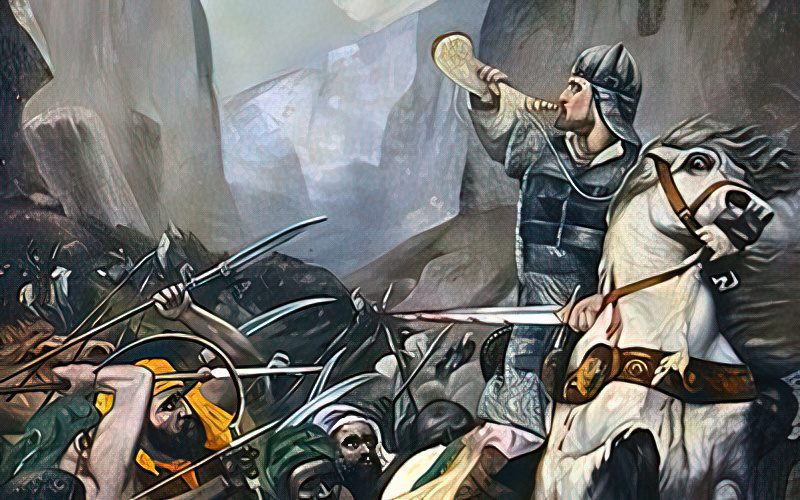
This legendary sword was used by a remarkable and brave warrior by the name of Roland who served under Charlemagne. Most of these legends are thanks to his success in battles that was then hyperbolized in the Song of Roland.
The Durandal sword supposedly gave him so much power that he was unable to face a worthy opponent in the fight of Ronceavux Pass. The Christian relics used to forge this sword include a strand of hair from Saint Denis, a tooth from Saint Peter, and a tassel from the Blessed Virgin Mary.
It is said that bright lights shine to deter attackers and mountain passes could be cut open by the will of Roland using his Durandal sword.
8. Grass Cutting Sword: Kusanagi-No-Tsurugi – Japan
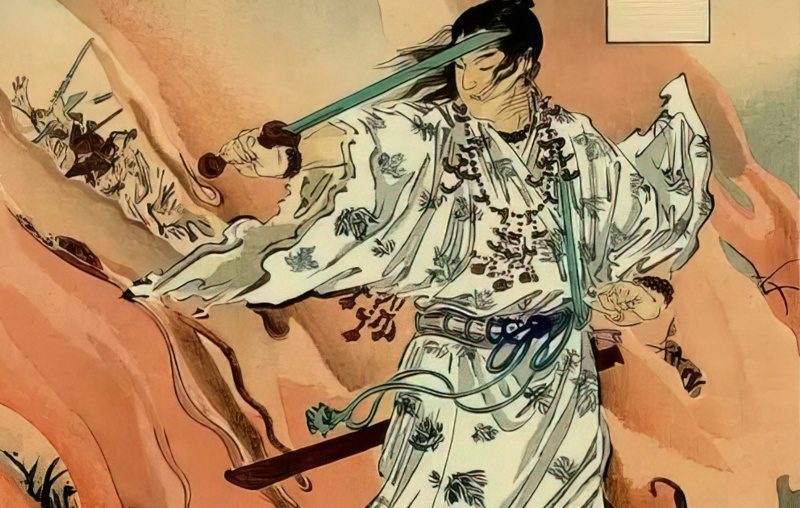
The Grass Cutting Sword: Kusanagi no Tsurugi is part of the imperial regalia of Japan. Also known as the Ame-No-Murakamo, legend has it that Susano-O (god of storms) presented Amaterasu (goddess of the sun) with this sword. It has since been passed down via the Japanese god line.
In the legend, a young warrior by the name of Yamato Takeru was on a hunt when his cruel commander tried to assassinate him by lighting fire to the grass field where he was hunting. The gods then endowed his sword with the ability to ward off flames and direct the flow of air. In part because of its ability to redirect an attacker’s blows, the Grass Cutter sword was extremely popular and played an important role in many folklore.
9. Tizona & Colada – El Cid’s Terrifying Sword – Spain

According to the Cantar de mio Cid, a poem about El Cid’s life, depicts the legendary Spanish Reconquista hero carrying the Tizona (sometimes written Tizón) sword. Wielding either the Tizon or Colada sword in battle, El Cid’s success with either blade has inspired legends that persist to this day.
Legend says that this sword was so effective that it caused medieval Spain’s Christian and Muslim foes to flee the battlefield. Those who wielded the sword after El Cid’s death continued to achieve remarkable success in duels and battles. The Tizona sword is also said to have returned to El Cid after being misplaced and subsequently defended his deceased body after his death.
10. Joan of Arc’s Sword: The Sword That Saved France – France
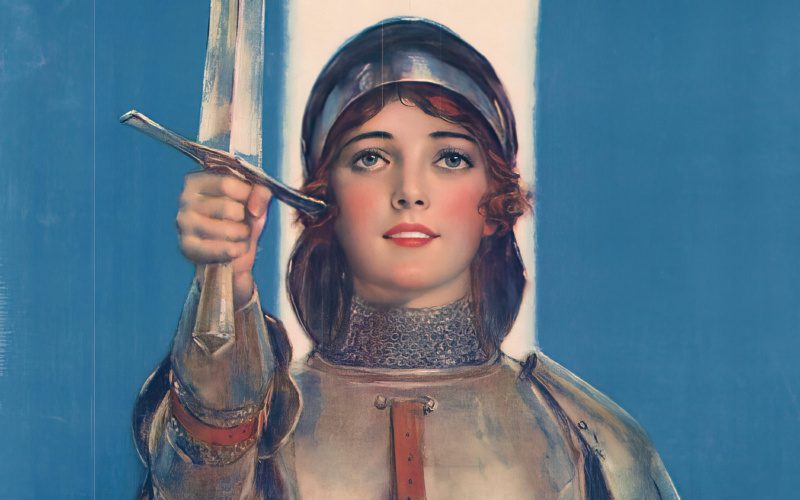
Joan of Arc is the maiden that brought victory to France after fighting in the 100-year war between France and England. It is said that the sword she had found in the church of Saint Catherine of Fierbois was the reason behind her victory.
Said to be guided by a divine voice, and that she unearthed a blade beneath the altar of the chapel. While the sword did not kill anyone, it gave the French army an enormous advantage. Many legends arose around Joan and her sword because of her bravery and strength. These legends only grew stronger when her luck ran out after her sword snapped in half.
11. Shamshir-e Zomorrodnegar: The Killer of an Evil Demon – Persia
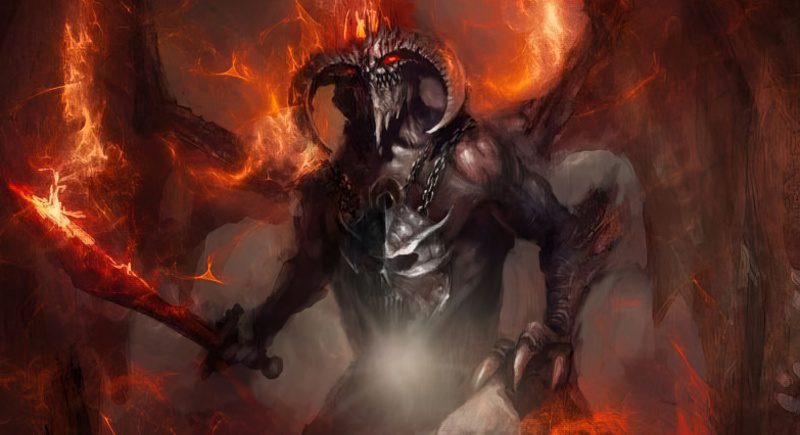
In the epic poem known as Shahnameh by Persian Poet Ferdowsi, one learns about the mythical story of Amir Arsalan featuring a sword that is referred to as Shamshir-e Zomorrodnegr. With a name that translates as “the sword with Emerald Studs”, this sword is said to have been forged by the legendary blacksmith Kave for the legendary prince Milad.
In folklore, the demonic entity Fulad-Zereh is described as both horrible, brutal, and was rumored to have abducted women and wandered the skies. Legend has it that the beast could only be killed by using the Shamshir-E Zomorrodnegar.
12. Asi: The Sword Saviour of Humanity – India
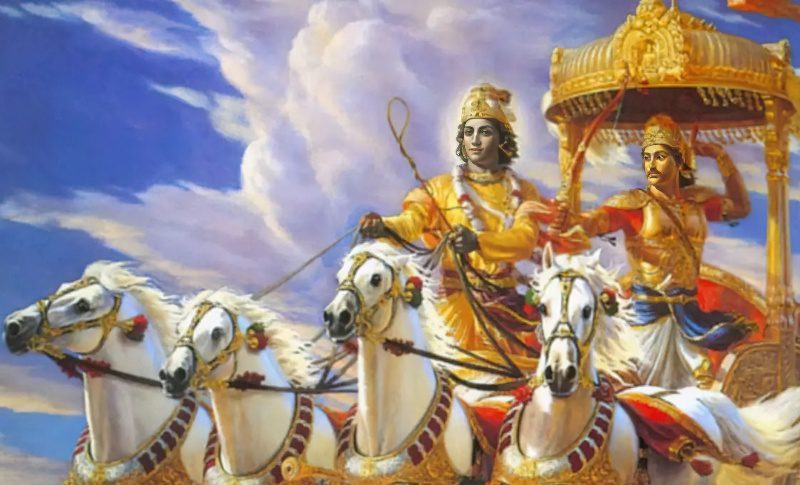
Many mythologies share the idea that the universe was in a state of chaos prior to the appearance of humans. In ancient Indian mythology, gods (Deva) fought demons (Asura). After failing miserably, the gods turned to Brahma, the ultimate god for assistance.
Brahma then made a series of sacrifices and used tremendous effort to bring into being a monstrous, dreadful beast whose teeth shone brighter than the sun. This beast was then transformed into the Asi sword which was used to successfully ward off the asura, restoring peace to the human realm once again.
13. Gramr: The Dragon Slayer Sword – Norse
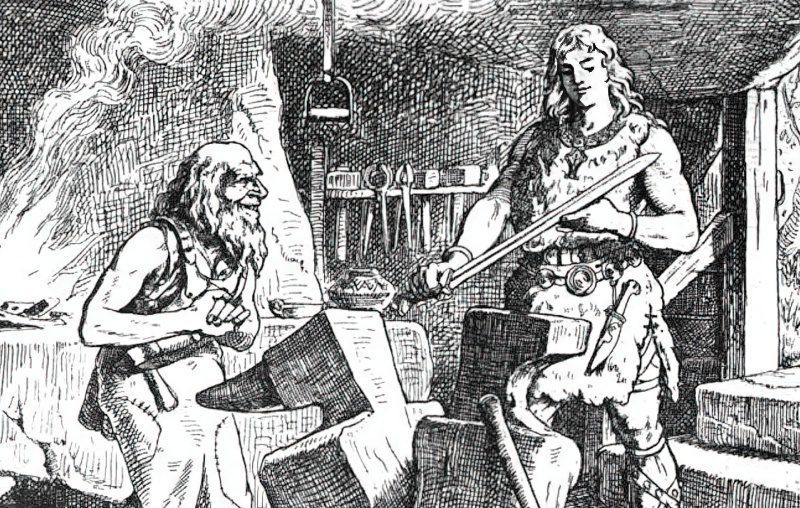
This Norse sword that comes primarily from the Volsunga Saga is known throughout history in many other legends. It is one of the most popular legendary swords in modern media Viking culture connected with the slaying of dragons.
In this lore, Odin shows up at a wedding with a sword in his hand. He declares that it is unlike any other before he thrusts it into the trunk of a tree. No one could take it out except for Sigmund, who then achieved many victories until the sword finally shattered. After the dwarf Regin repaired it, Sigmund set off with the sword to kill the dragon Fefnir and obtained his wealth.
14. Kladenets: The Self-Swinging Sword – Slavic/Russia
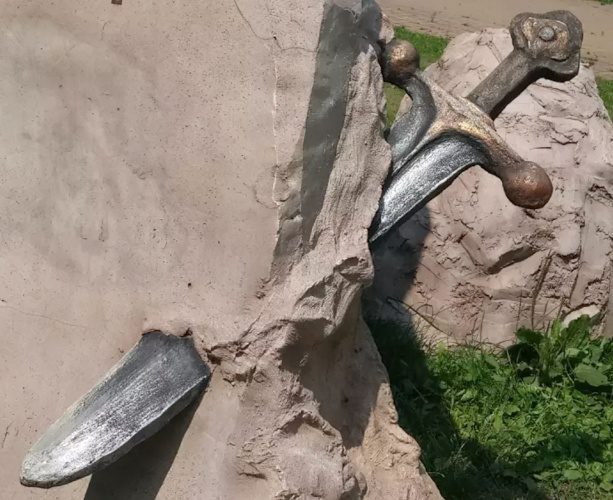
The Kladenets blades have their roots in a wide variety of Slavic legends, most of which link them to the eastern tribes and by extension, Russia. This sword is also known as serpent sword, self-swinging sword, treasure sword, and smart sword.
This sword is said to have accompanied the search of many great treasures that had many magical properties like giving invincibility to the user as well as being able to “smartly” swing itself. It could be hidden inside a wall, ground, rock, and even under a big head in the tale of Eruslan.
15. Caladbolg: The Irish Rainbow Swinging Sword – Ireland
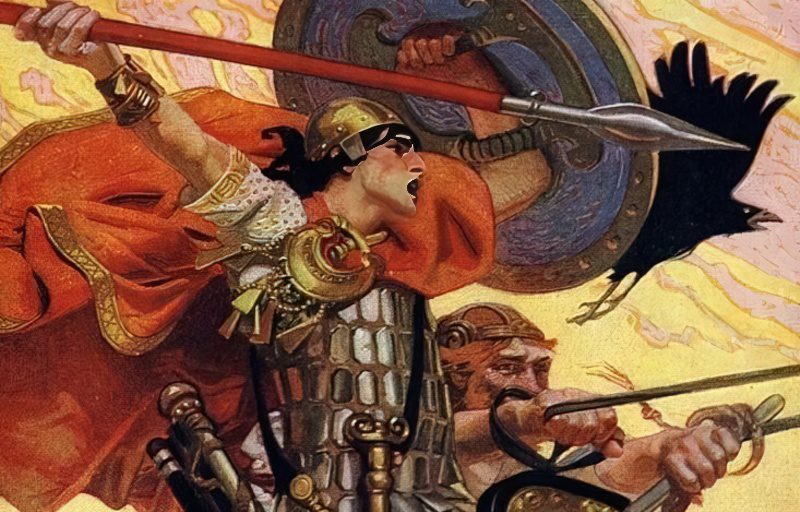
Irish mythology’s Ulster Cycle is the source for Fergus Mac Roich’s mighty two-handed sword called Caladbolg. It’s often linked to epic tales of fighting, not just human foes but also gigantic elements of the earth.
Legend has it that Saturn, the god of time, was responsible for forging this sword. It was then wielded by Achilles and Hector in the Trojan War, then by Roman Julius Caesar, Cu Chulainn (an Irish folk hero), and finally Fergus, who, due to the enormous size of the weapon, swung it about in circles like a rainbow, cutting down his foes and hills. As the tales go, it was given to Saint Patrick, the patron saint of Ireland.
16. Gan Jiang & Mo Ye: The Tragic Tale of Swordcraft – China

The literature relating to the Spring and Autumn period of Chinese history discusses the swordsmith couple, Gan Jiang and Mo Ye. While there are certain features that could be regarded as historical, other aspects are most definitely mythological.
According to folklore, a Chinese king named Helu commissioned Gan Jiang and his wife Mo Ye to craft a pair of flawless swords in just three months. Some legends have it that Mo Ye gave her life in the furnace to forge the sword, while others say that it took three years to complete the process.
In the latter story, Gan Jiang kept one of the swords and presented the king with the other sword. This angered the king as it took much longer than he commanded. Combined with the fact that Gan Jiang kept one of the swords, the king was so angered that he had Gan Jiang killed.
17. Chandrahas: The Indestructible Indian Sword – India
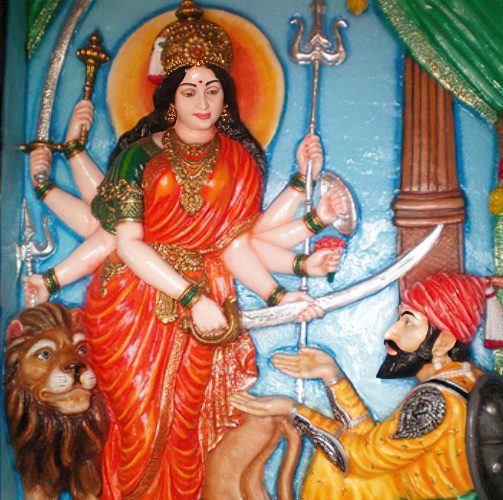
The Indian Chandrahas sword can be both found in ancient Indian mythology Ramayana and another after the renaissance era. Described as invincible and bringing victory to its wielder, the story of this sword starts with Ravana, the main antagonist of the Ramayana, who planned to celebrate his victorious raid by traveling to Lanka.
Flying in his chariot he was unable to pass over a hill because Nandi, the mount of god Shiva would not allow it. He began making fun of him, and as a result, he was stomped underfoot and placed under a mountain.
Shiva then bestowed upon him the indestructible Chandrahas sword after Ravan had praised him for a thousand years. The Maratha Empire’s Shivaji eventually came into possession of this sword and used it to great effect in his struggle against the Mughals.
18. Dainsleif: The Proud Sword – Norse
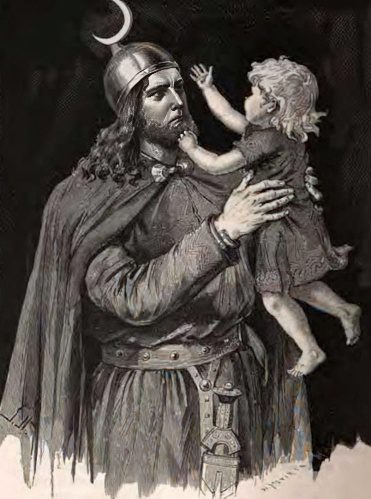
The legendary stories of the Dainsleif sword can be found in the Hjaðningavíg, Ice-Landic sagas connected with epic battles. Made by a dwarf called Dyne, the sword had many magical powers as well as a hunger for blood.
Once the Dainsleif got out of the scabbard, it must be returned with either a victory or the blood of the enemy. Hogni, a Germanic heroic legend whose daughter was kidnapped, started a war with King Hedin over the islands of Hyadings.
This war was said to be unending and will last until the end of time due to Hogni’s pride and the unsheathing of the Dainsleif.
19. Nandaka: The Sword Creator of Iron – India
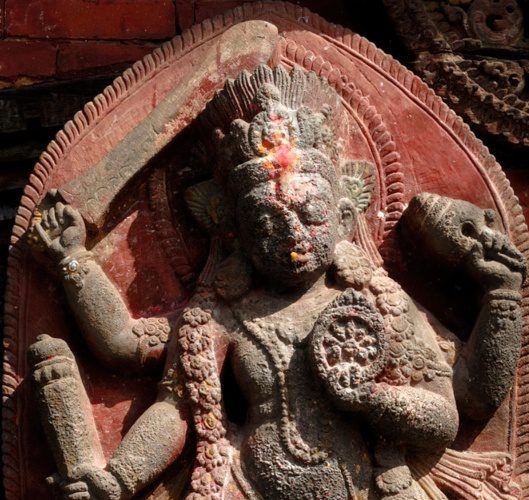
The Hindu god Vishnu is often depicted to wield the sword known as Nandaka or Nandaki. The story about this sword comes from the Agni Purana, a Sanskrit text that is one of the eighteen major Puranas of Hinduism.
It is said that Brahma, the creator God, was performing a sacrifice when he was attacked by an asura (demons or malevolent demi-gods) with100 arms. Vishnu then stepped up and slashed the asura with the Nandaka. The asura subsequently crashed to Earth, where his body parts scattered and turned into iron.




